Planning a road trip in Uganda requires careful budgeting, and fuel costs often represent one of the largest expenses after vehicle rental. Understanding current fuel prices, petrol station availability, and consumption patterns will help you create a realistic budget and avoid unexpected surprises during your journey through the Pearl of Africa.
Current Fuel Prices in Uganda
Fuel prices in Uganda fluctuate regularly due to global oil market changes, government taxation policies, and local supply factors. As of recent months, petrol (gasoline) typically costs between UGX 5,000 to UGX 6,000 per liter, while diesel ranges from UGX 4,800 to UGX 5000 per liter. These prices are significantly higher than many Western countries when adjusted for local purchasing power.
The Uganda Energy and Petroleum Regulatory Authority (UEPRA) reviews fuel prices monthly, though changes don’t always occur. Prices tend to be slightly higher in remote areas due to transportation costs, so factor in a 10-15% premium when traveling to distant destinations like national parks or border regions.
Petrol Station Networks and Availability

Uganda has a well-developed network of petrol stations operated by several major companies. Shell, Total Energies, Petro City, and Kobil are the most reliable networks with stations throughout the country. These companies maintain consistent fuel quality and often provide additional services like convenience stores, car washes, and ATMs.
In major cities like Kampala, Entebbe, Jinja, and Mbarara, petrol stations are abundant and operate 24/7. However, as you venture into rural areas and national parks, station availability becomes more limited. Some remote areas may have only one or two stations within a 100-kilometer radius, making fuel planning crucial for successful road trips.
Regional Fuel Availability Patterns
Understanding regional fuel availability helps prevent running low on fuel in remote areas. The central region, including Kampala and surrounding areas, has the highest concentration of petrol stations with reliable fuel supplies. Major highways connecting Kampala to other cities are well-served with stations approximately every 50-100 kilometers.
Northern Uganda, particularly areas around Gulu and Arua, has adequate fuel availability along main roads but limited options when venturing off major routes. Western Uganda, including popular tourist destinations like Queen Elizabeth National Park and Bwindi, has reasonable fuel station coverage, though some remote lodges and attractions may be far from the nearest station.
The eastern region, including Jinja and routes to Mount Elgon, generally has good fuel availability, while the far northeast and some border areas may have sporadic fuel supplies. Always research your specific route and identify fuel stops in advance.
Calculating Fuel Consumption for Different Vehicles

Vehicle fuel consumption varies significantly based on engine size, vehicle type, and driving conditions. Compact cars typically consume 8-12 liters per 100 kilometers under normal conditions, while mid-size sedans use 10-15 liters per 100 kilometers. SUVs and 4WD vehicles, popular for safari trips, consume 12-20 liters per 100 kilometers.
However, Uganda’s diverse terrain significantly impacts fuel consumption. City driving with frequent stops and traffic congestion can increase consumption by 20-30%. Mountain roads and off-road driving in national parks can double normal consumption rates. Air conditioning usage, which is common in Uganda’s warm climate, adds approximately 10-15% to fuel consumption.
Budgeting Strategies for Different Trip Types
For city-based trips focusing on Kampala and surrounding areas, budget approximately UGX 15,000-25,000 per day for fuel, assuming moderate driving distances. This covers local sightseeing, restaurant visits, and short excursions to nearby attractions like the Entebbe Botanical Gardens or Ngamba Island ferry terminal.
Safari and national park trips require significantly higher fuel budgets due to longer distances and challenging terrain. Budget UGX 40,000-80,000 per day for fuel when visiting multiple parks or covering long distances. A typical 7-day safari covering Murchison Falls, Queen Elizabeth, and Bwindi might require UGX 300,000-500,000 in fuel costs alone.
Cross-country trips or extensive touring can consume UGX 60,000-120,000 per day in fuel, depending on daily distances and terrain. Always add a 20-30% buffer to your fuel budget for unexpected detours, traffic delays, or higher-than-expected consumption.
Money-Saving Tips for Fuel Purchases
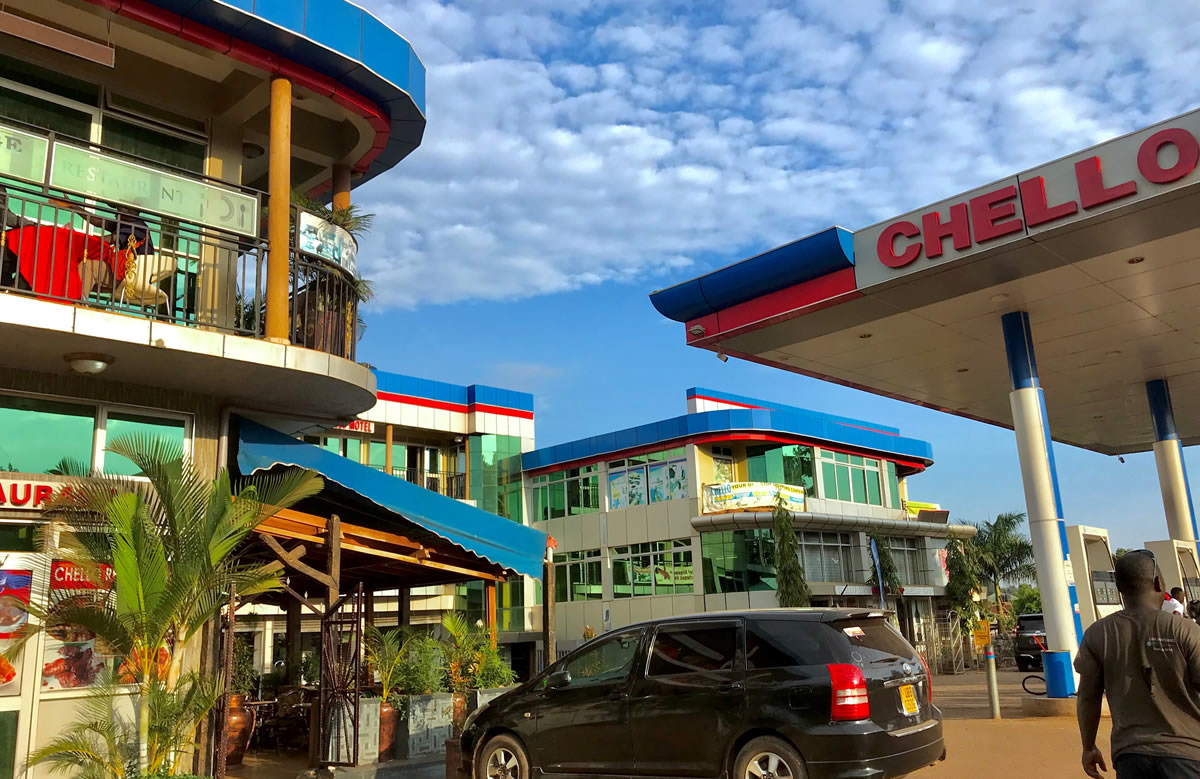
Several strategies can help reduce fuel costs during your Uganda road trip. First, fill up in major cities where competition keeps prices slightly lower and fuel quality is more consistent. Avoid filling up at isolated stations where prices may be inflated.
Consider your vehicle choice carefully, as fuel efficiency can significantly impact your overall budget. A fuel-efficient sedan might save you UGX 200,000-400,000 on a long safari compared to a large SUV, though this must be balanced against the need for 4WD capability in certain areas.
Plan your routes efficiently to minimize unnecessary driving. Use GPS navigation to avoid getting lost, which can waste significant fuel. Group nearby attractions together and plan logical routing that minimizes backtracking.
Payment Methods and Practical Considerations
Most petrol stations in Uganda accept cash payments in Ugandan shillings, and many also accept US dollars, though exchange rates may not be favorable. Credit and debit cards are accepted at major stations in cities, but cash is essential for rural areas and smaller stations.
Always carry sufficient cash for fuel purchases, especially when traveling to remote areas. ATMs are available in major towns but may be scarce in rural regions. Consider carrying a mix of large and small denomination notes, as some stations may have limited change available.
Mobile money services like MTN Mobile Money and Airtel Money are increasingly accepted at petrol stations, providing a convenient payment option if you have a local account.
Fuel Quality and Vehicle Maintenance
Fuel quality in Uganda is generally good at major brand stations, but can vary at smaller, independent stations. Stick to well-known brands like Shell, Total, or Kobil when possible, especially for expensive rental vehicles. Poor-quality fuel can damage engines and void rental car insurance coverage.
Some remote areas may have fuel that has been stored for extended periods, potentially affecting quality. If you notice unusual engine performance after refueling, address the issue immediately with your rental company.
Emergency Fuel Planning
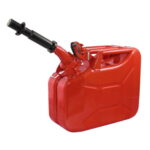 Always maintain at least a quarter tank of fuel when driving in Uganda, and never let your tank drop below half when venturing into remote areas. Carry extra fuel in approved containers when visiting very remote locations, though check with your rental company about policies regarding fuel storage in rental vehicles.
Always maintain at least a quarter tank of fuel when driving in Uganda, and never let your tank drop below half when venturing into remote areas. Carry extra fuel in approved containers when visiting very remote locations, though check with your rental company about policies regarding fuel storage in rental vehicles.
Identify fuel stations along your planned route before departure and have backup options. Mobile apps and GPS systems can help locate nearby stations, but don’t rely solely on technology in remote areas where coverage may be limited.
Seasonal Considerations
Fuel availability and prices can be affected by seasonal factors. During peak tourist seasons (June-September and December-January), demand increases, and remote stations may experience temporary shortages. Plan accordingly and consider filling up more frequently during these periods.
Rainy seasons can affect fuel deliveries to remote areas, potentially causing temporary shortages. If traveling during these periods, carry extra fuel and plan more conservative daily distances.
Cross-Border Fuel Considerations
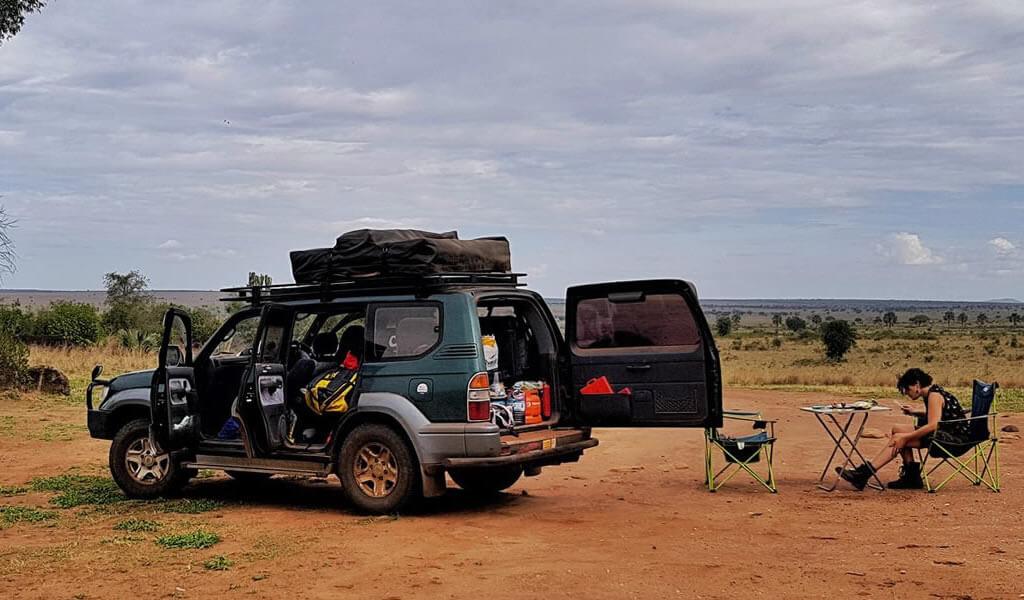
If your road trip includes crossing into neighboring countries like Kenya, Tanzania, or Rwanda, research fuel prices and availability in those destinations. Some countries have significantly different fuel costs, and you may want to adjust your fueling strategy accordingly.
Ensure your rental agreement permits cross-border travel and understand any additional requirements for fuel-related documentation or insurance coverage.
Building Your Fuel Budget
Create a detailed fuel budget by calculating expected daily distances, estimating fuel consumption based on your vehicle type and planned terrain, and adding a 25-30% contingency for unexpected expenses. Factor in current fuel prices and regional variations to develop realistic daily fuel allowances.
For example, a 10-day safari covering 3,000 kilometers in a mid-size SUV might require approximately 400-500 liters of fuel, costing UGX 2,000,000-3,000,000 at current prices. Adding contingency and regional price variations, budget UGX 2,500,000-3,500,000 for fuel alone.
Conclusion
Proper fuel planning is essential for a successful Uganda road trip. By understanding current fuel costs, station availability, and consumption patterns, you can create a realistic budget that prevents unpleasant surprises and ensures your journey proceeds smoothly. Remember that fuel costs represent a significant portion of your total road trip budget, often equal to or exceeding daily accommodation costs.
The key to successful fuel budgeting lies in thorough route planning, conservative consumption estimates, and maintaining flexibility for unexpected circumstances. With proper preparation and realistic budgeting, you’ll be free to focus on enjoying Uganda’s incredible landscapes, wildlife, and cultural experiences without worrying about fuel-related challenges.
Planning a road trip to Uganda and require a suitable vehicle for self drive or driver-guided safari or business trip- we at Uganda Car Rental Services will be more than delighted to offer you our services. Simply contact us now by sending an email to info@ugandacarrentalservices.com or calling us on +256-700135510 to speak with the reservations team.


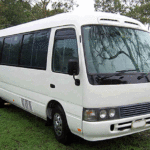
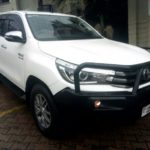


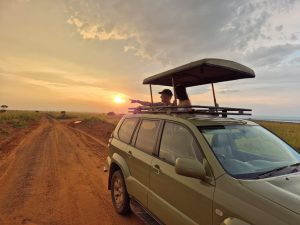


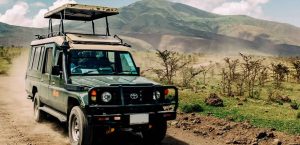
Related Articles
Bwindi Park Ranks Third Best Adventure Destination Globally
The Best 4×4 Cars for Cross-Border Trips Across East Africa
Uganda Self-Drive: 4×4 Driving Tips for the Left Lane